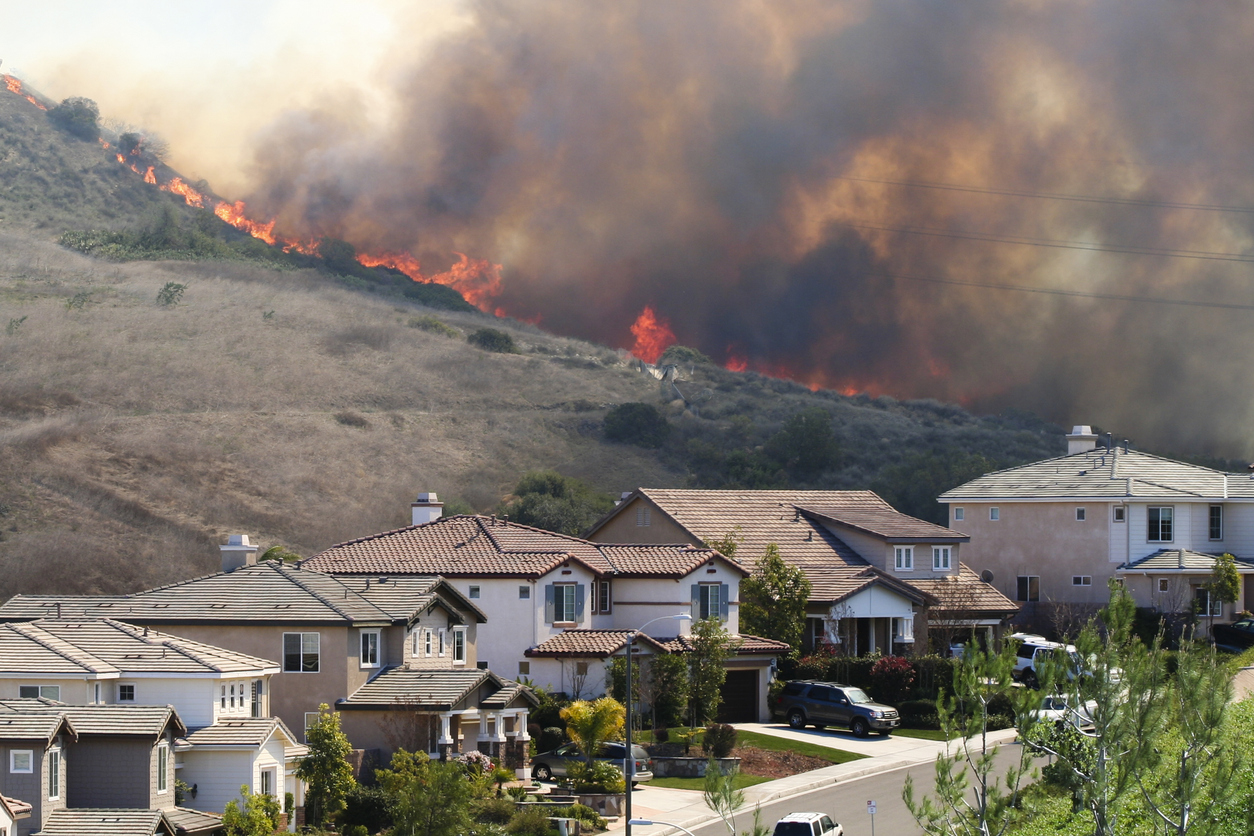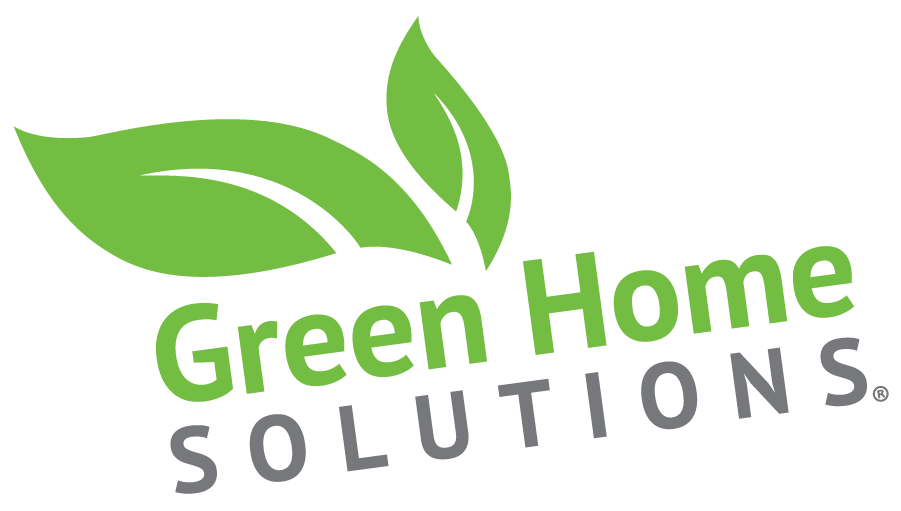Wildfire smoke is more than just a seasonal nuisance; it’s a serious threat to your health and indoor air quality. Even if you live miles away from a wildfire, the tiny particles and toxic gases in the smoke can infiltrate your home, creating a hazardous environment. Let’s explore the dangers of wildfire smoke, how it affects indoor air quality, and what you can do to protect your home and loved ones.

The Impact of Wildfire Smoke on Indoor Air Quality
Wildfire smoke contains a mix of harmful pollutants, including fine particulate matter (PM2.5), carbon monoxide, and volatile organic compounds (VOCs). PM2.5, in particular, is a major concern because these microscopic particles can bypass your body’s natural defenses and enter your lungs and bloodstream. Prolonged exposure to wildfire smoke can lead to:
- Respiratory Issues: Shortness of breath, coughing, and aggravated asthma or bronchitis.
- Cardiovascular Problems: Increased risk of heart attacks and strokes.
- Long-Term Effects: Chronic respiratory diseases and reduced lung function over time.
How Wildfire Smoke Enters Your Home
Even if your home appears sealed, wildfire smoke can still find its way inside. Common entry points include:
- Open windows and doors.
- Gaps around windows and doors.
- HVAC systems that draw outdoor air.
- Cracks and crevices in walls or ceilings.
Once inside, these pollutants can linger, reducing the overall air quality in your home.
How to Prevent Wildfire Smoke from Entering Your Home
Taking proactive steps to safeguard your home against wildfire smoke is essential. Here are some strategies to consider:
- Seal Your Home
- Use weather stripping around windows and doors to close gaps.
- Seal cracks in walls, ceilings, and around vents.
- Improve Indoor Ventilation
- Use an HVAC system with a high-efficiency filter (rated MERV 13 or higher).
- Switch your HVAC system to recirculate mode to avoid pulling in outdoor air.
- Install an air purifier with a HEPA filter in key areas of your home.
- Monitor Outdoor Air Quality
- Check local air quality reports through resources like AirNow.gov or your weather app.
- Avoid opening windows or doors during poor air quality days.
- Create a Clean Air Space
- Designate one room in your home as a clean air space.
- Use an air purifier and seal windows and doors in this room for maximum protection.
- Limit Indoor Pollution
- Avoid burning candles, using gas stoves, or smoking indoors during wildfire events.
- Use exhaust fans in kitchens and bathrooms to reduce indoor pollutants.
What to Do When Smoke Enters Your Home
If smoke has already infiltrated your home, take these immediate steps to minimize its impact:
- Ventilate When Safe: Open windows and doors only when outdoor air quality improves.
- Clean Surfaces: Wipe down surfaces with a damp cloth to remove settled particles.
- Replace Filters: Check and replace HVAC and air purifier filters regularly.
- Hydrate and Rest: Protect your health by drinking plenty of water and avoiding strenuous activities indoors.
Protect Your Family’s Health
Wildfire smoke is a serious health hazard that requires proactive measures to keep your indoor air clean and safe. By sealing your home, upgrading your ventilation systems, and monitoring air quality, you can significantly reduce the impact of wildfire smoke on your indoor environment.
Taking these steps not only protects your home but also ensures that your family breathes easier, even during wildfire season. After all, a healthier indoor environment is the foundation of a healthier life.
For more tips on improving your indoor air quality, visit Green Home Solutions.
